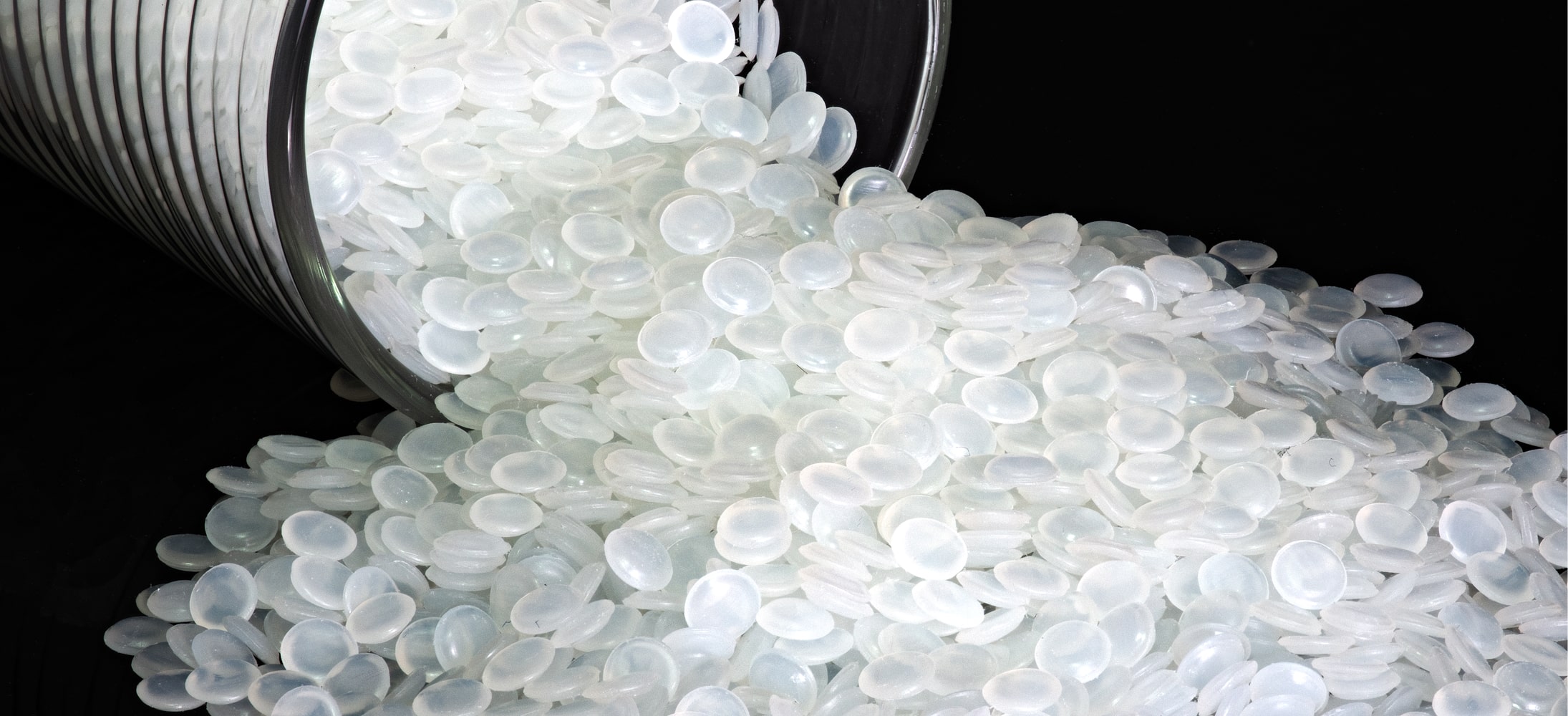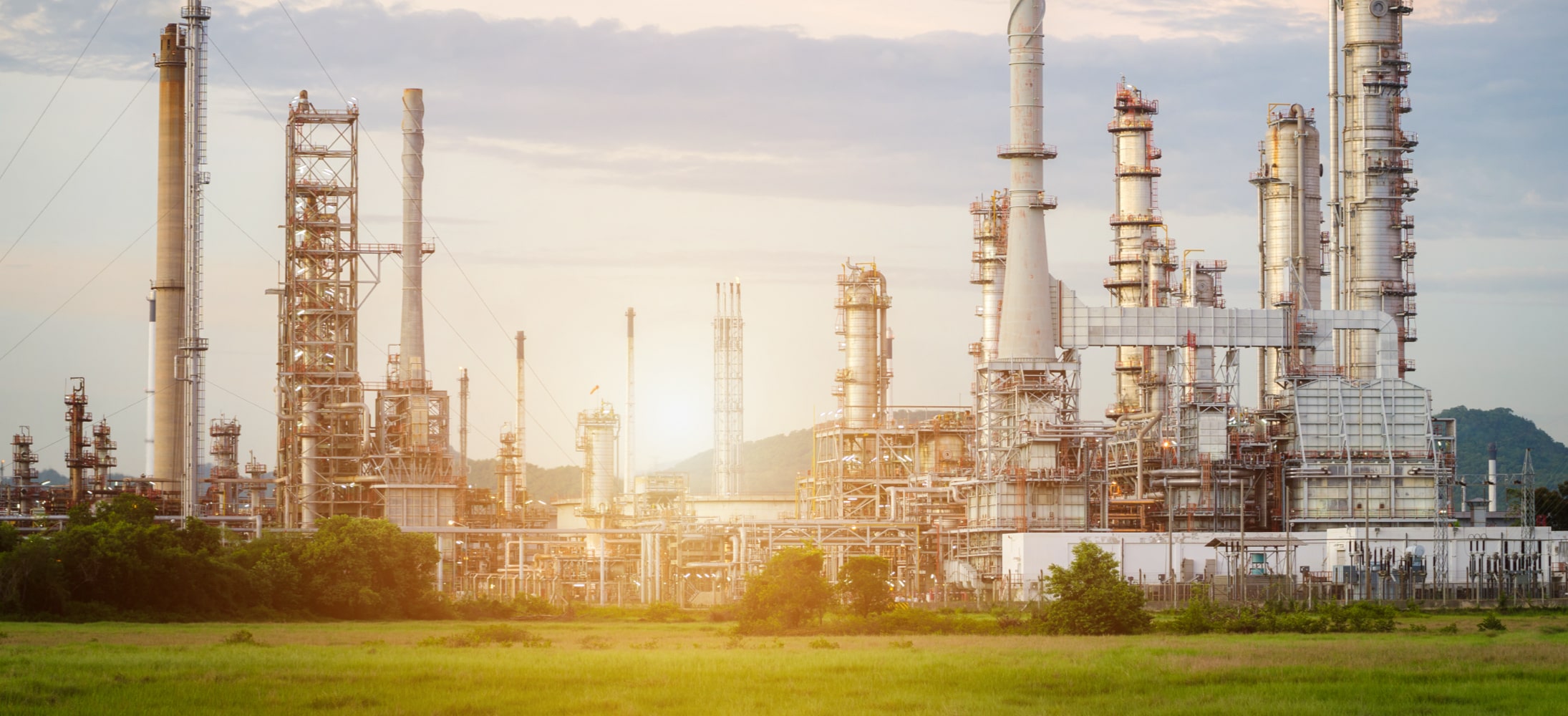The situation in the polyethylene market now resembles that of the 2012. Explosion has stopped operations at Stavrolen plant again. Taking into consideration the duration of the previous outage, it is obvious that production will remain down for quite a long time. Meanwhile, just two hours before the accident, the top management of Kazanorgsintez promised to prevent the shortages in the local market. What should the market expect this year?
INVENTRA, part of CREON group, organized the International «Polyethylene 2014» Conference in Moscow on February 26. Centropolymer, one of the largest plastics distributors in Russia, was the Gold Sponsor of the Conference. Kazanorgsintez was the Sponsor of the event. The Conference was supported by ChemOrbis. National business magazine Expert was the Strategic Media Partner.
In his welcome address Fares Kilzie, Head of CREON Group, noted the importance of the event in view of the fact that the market has become tighter and all the players are in rather difficult conditions. «It’s high time to discuss operations, pricing and the future of the industry. The market needs transparency, tolerance and openness in relations between polyethylene producers and converters», he said.
According to Lola Ogrel, Director of Analytical Department at INVENTRA, operation rates at Russian PE production facilities reached 93% in 2013, and output exceeded 1,700 thousand tons, 8% higher compared to 2011. PE consumption volume stood at 1,850 thousand tons. On the slow growth of local demand (under 2%), exports grew significantly. The main PE exporters were Kazanorgsintez, Tomskneftekhim and Stavrolen. Meanwhile, imports almost returned to the level of 2011, mainly due to lower volumes of imported HDPE, as the local shortages were over.
In the CIS markets, the growth of PE consumption was mainly met by increased imports, as production in Ukraine, Azerbaijan and Uzbekistan had been slowing for recent years.
LDPE consumption decreased by about 1% in the CIS markets taken together. Andrey Zotov, Chief Expert of Base Polymers Directorate at Sibur, explained that by a lower demand for PE feedstock in Ukraine (- 14%), a second-large market in the CIS.
Consumption in Russia was stable, but higher operation rates at local facilities led to a substantial overproduction. In 2014, significant changes in the Russian market balance should not be expected; excess output volumes will not change.
Sibur continues to rely upon direct demand from PE consumers in its sales strategy in the oversupplied CIS region, applying an individual approach to pricing and extending payment methods such as factoring.
Karpatneftekhim plant in Ukraine is preparing for restart of LLDPE production which had been produced at the facility in earlier times, as Igor Valushkov, Head of Department at Lukoil, said. He also added that despite the outage, the plant has sufficient reserves of polymers and caustic soda in stock, and continues its trading activity. Lukoil’s production occupies a premium niche, and it costs 50-70 dollars more than other products in the market, but the plant does have its own pool of end consumers.
Meanwhile, Kazanorgsintez, the leading producer in the market, changes its sales policy. According to Commercial Director Timur Shigabutdinov, Kazanorgsintez sells its production through four channels: export, directly to PE converters, through an electronic platform, and by supplying to the warehouses of major partner companies. Equal sales distribution between the four channels is planned, but in case of necessity, priority may be given to a particular distribution method. The main objective of the Plant is to meet the planned output volumes and financial results.
The Company organizes the proactive sales department and technical support teams, whose tasks will include working directly with PE converters. The implemented system will provide for individual approach, flexible payment plans and rapid response to inquiries and customer feedback.
Apart from this, the Company is modernizing the third reactor. After its completion the volume of HDPE production will grow by additional 120 ktpa, and there will be an opportunity to produce linear polyethylene, though Kazanorgsintez will take final decision on depending on the market situation. Further plans of the Company include modernization of equipment, expansion of product line, development of new formula, improvement of film grades quality. By 2015, Kazanorgsintez is expected to produce the full range of black PE pipe grades.
To support the announced projects, it is planned to increase own pyrolysis capacity on the basis of ethane and LPG. Pyrolysis expansion plans at Nizhnekamskneftekhim are also being taken into consideration.
Regarding the volume of EVA production, Mr. Shigabutdinov said that plant capacities are designed for up to 20 ktpa of this copolymer. Meanwhile in 2013, about 10-11 thousand tons were produced, and there no plans to increase output. The Company aims at achieving the stable acceptable quality of the product.
President of Polyplastic Group Miron Gorilovsky noted that the stand of Kazanorgsintez is becoming more and more clear both in terms of flexible pricing approach and in terms of improving the material’s quality.
Despite the fundamental changes in the context of cooperation between polyethylene producers and converters, the market in general demonstrates a «chronic trade deficit», said Anton Zharinov, Head of Department for Development and Regulation of Foreign Economic Activity at the Ministry of Economic Development. Statistics shows that the share of import exceeds one-third of the market, while exports account for about 1/5. According to the representative of the Ministry, imbalance is caused by logistical problems of plastics supply and by the insufficient working capital of the converters, caused in particular by an archaic system of prepayment for the product and by the lack of advanced forms of credit and payment.
Mr. Zharinov presented the overview of current levels of customs duties for «raw materials» and «final and semi-finished products». By September 1, 2014, the duties for raw materials will be reduced in accordance with WTO obligations to 6.5%. Until then, processing of feedstock in the Russian Federation in most cases remains below margin, as the imports of finished goods is more affordable. At the same time monetary policy of the state has a significant influence on the level of tariff protection.
CEO of Centropolymer Alexey Zavyalov note that the VAT rate in Kazakhstan differs from that applied in Russia. Polyethylene is supplied to Russia through Kazakh border which harms local companies. There is also a difficult situation with Belarus, where indicative prices used by customs authorities are different from Russia’s.
«The situation with Kazakhstan can be explained by the different dynamics of economic development. The Customs Union is in force, while economic policies are not harmonized yet. It is assumed that the discrepancies will be resolved gradually along with the progress of integration process. The reason for different indicative prices in Belarus and Russia lies in varied approach to determination of customs value under the existing risk management system. The work on converging the approaches is underway», commented the representative of the Ministry of Economic Development of Russia.
When speaking about the announced PE capacity increase projects, the industry expert Alexander Kilyachkov noted that the timeframe for most large investment projects within the industrial clusters are being postponed. As of 2013, 11 large-scale projects were announced by companies including Sibur, TAIF, Gazprom, Rosneft, UPC and others. In particular, the new petrochemical complex in Tobolsk (West Siberian cluster) is scheduled to be launched in 2018. Construction of Rosneft facilities in the Far East cluster (Eastern Petrochemical Company) is expected to be finished after 2020.
Dmitry Yermolov, Deputy General Director of Novy Urengoy Gas and Chemical Complex, said that the main difficulty in implementation of the project is the necessity to recondition and inspect equipment which is 17 years old, and coordination of all documents and permissions takes long. Original plan was to construct PE facilities with 300 ktpa capacity, then it was decided to increase the capacities to 400 ktpa. Polyethylene sales will target Russia, the CIS and Europe, as well as China. The project also includes construction of ethylene plant (420 ktpa).
With respect to polyolefins complex of Nizhnekamskneftekhim which is under construction, Marat Fatykhov, Acting Chief Engineer of the Design Office for this 1-million per annum facility, said that the olefin complex will be launched no earlier than in 2018, while production of alpha-olefins (butene, hexene) is expected in December 2014. These will suffice for production of 150 thousand tons of linear polyethylene. However, the production volume of 115 thousand tons in 2015 is still under consideration. At the moment, Nizhnekamskneftekhim produces about 25-30 thousand tons of LLDPE due to low margins for this product and high costs.
Andrey Vorogushin, Vice President for Strategy and Investment at United Petrochemical Company, informed that the project on construction of petrochemical complex in Bashkortostan is under conceptualization. At the moment, the main issue is to define a co-investor for covering capital expenses which are estimated at USD 5.5 billion. Estimated completion date for the project is 2019.
Further discussing construction and planning of new projects, General Director of CREON Energy Sandjar Turgunov noted that there is a mechanism in the oil refining market that provides for monitoring of the progress made by oil companies at refinery projects on the basis of quadrilateral agreements between companies and relevant agencies. Is it reasonable or not to establish a similar mechanism for the plastics market? Mr. Kilyachkov states that there are no such types of documents for government regulation that could resemble the existing quadrilateral agreements in oil refining. This can be explained by the fact that in terms of tax revenues oil refineries are much more important for the state than the petrochemical sector. However, it is advisable to elaborate such agreements in the petrochemical industry too. This is quite possible in case the government decides to actively participate in the industry development and if the businesses are ready and willing to accept regulation.
With respect to the role the Ministry of Energy of Russia in the implementation of the announced projects, the expert noted that the Ministry should focus on selecting viable projects in terms of feedstock supply, sales geography, economic stability and other parameters for further listing them on the «Development Plan for Gas Chemicals and Petrochemicals in Russia for the Period to 2030». Such process of projects evaluation would provide for a more rational approach to planning of plastics demand and supply in the Russian market within the announced Plan. However, as practice shows, the role of the Ministry of Energy in evaluating and selecting projects has not been finalized yet.
Further, when discussing the polyethylene consumption segments, Miron Gorilovsky reviewed the PE pipes market in Russia. There was a double-digit growth in PE pipes segment in the first two quarters of 2013, but the Q3 figures showed a strong slowdown, and the market growth was under 10% in the last months of the year. Overall, the annual growth in Russia is estimated at 14-15% (45-50 thousand tons). At the same time in Ukraine, the PE pipes segment fell by 5 thousand tons. Kazakhstan market went down by 3 to 5 thousand tons. Belarus demonstrated positive dynamics: after two years of losses, the local PE pipe market grew by 28% (by 5 thousand tons). The overall market growth in RUBK region (Russia, Ukraine, Belarus, Kazakhstan) reached 11% (48 thousand tons).
The 2013 output of black pipe grades amounted to 275 thousand tons, consumption was at about 590 thousand tons. As the increase of local feedstock production for pipes is not expected in 2014, the shortage will be compensated by imports. It is expected that supplies from Middle East will grow significantly, while supplies from Europe will double (special-purpose grades mainly), and the imports level from Korea and Thailand remain unchanged.
When answering the question concerning the business development in view of economic situation in Russia, Mr. Gorilovsky noted that in 2013 the sales of the Group stayed flat, while average market margins declined primarily due to application of natural PE grades by some pipe producers. This negative trend in the medium term may force some companies out of the market. At the same time Mr. Gorilovsky underlined that immediate plans of the Company include targeting new market niches such as intrahouse utility networks.
In the segment of polyethylene films, the total operated capacity of extrusion is estimated at 950 ktpa, where the share of LDPE films for bags holds 34%, HDPE films for packaging stands at 19%. The data was revealed in a study held by independent expert Alexey Chubykin and presented by Oleg Belyakov, Deputy General Director of ChemPack. Polyethylene is the main raw material for production of flexible packaging, with the market capacity at about 341 thousand tons in 2013. Major printed films producers are Danaflex and Multiflex. Meanwhile, companies that do not have printing units, do own large capacities for film extrusion: these are Polymer, DPZ, Grand-Master, Raniplast and others.
In polyethylene cable consumption segment, the largest market share (53%) still belongs to non-crosslinked PE. According to Oksana Shashkova, General Director of Nuzhnye Ludi Marketing Agency, this segment is estimated at about 39 thousand tons, while the volume of feedstock produced in Russia stands at 16.6 thousand tons, which is 14% lower than in 2012. The share of silane cross-linked cable composites remained at 26% and amounted to almost 19.5 thousand tons in 2013, and two-thirds of these was imported. The market volume of peroxide-crosslinked polyethylene grew by 29% and reached almost 15.5 thousand tons. However imported feedstock is mainly used in this segment, too; the locally produced material does not exceed 1.3 thousand tons.
Maria Smirnova, Representative of ChemOrbis in Russia, presented the paper that ended the conference. The speech was devoted to global market data analysis tools offered by the Company, on the example of China, where consumption of polyethylene was estimated approximately at 21 million tons in 2013; capacities, with three new plants, at about 13 4 million tons, while total imports of HDPE, LDPE and LLDPE made 8.8 million tones.
«Compared to China, Russian polyethylene market with consumption less than 2 million tons per year does not look significant, but at the same time there is a growth potential. New PE production facilities in Russia are necessary, despite the plans being uncertain. The most real project that we see is the ethylene complex of Nizhnekamskneftekhim», considers Anna Dautova, General Director of INVENTRA. «Until there is no million-ton-capacity plant in Russia, «roller coaster» volatility in the polyethylene market will continue to be caused by even a single accident. Faster launch of new facilities and fulfillment of promises by manufacturers is becoming their liability towards the market», – concluded Mr. Kilzie, Head of CREON Group.





